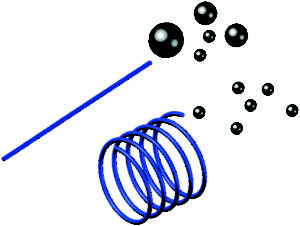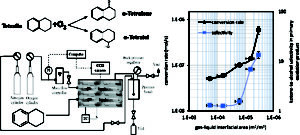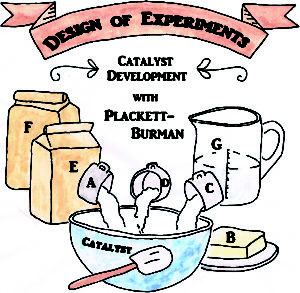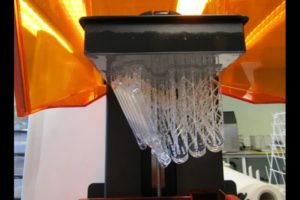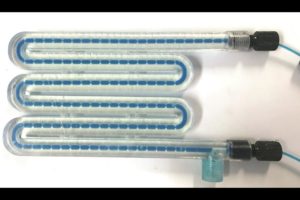This month sees the following articles in Reaction Chemistry & Engineering that are in the top ten most accessed from January – March 2017:
Why not take a look at the articles today and blog your thoughts and comments below.
A miniature CSTR cascade for continuous flow of reactions containing solids
Yiming Mo and Klavs F. Jensen
React. Chem. Eng., 2016, 1, 501-507
DOI: 10.1039/C6RE00132G
Aerobic oxidations in flow: opportunities for the fine chemicals and pharmaceuticals industries
Asterios Gavriilidis, Achilleas Constantinou, Klaus Hellgardt, King Kuok (Mimi) Hii, Graham J. Hutchings, Gemma L. Brett, Simon Kuhn and Stephen P. Marsden
React. Chem. Eng., 2016, 1, 595-612
DOI: 10.1039/C6RE00155F
Suzuki–Miyaura cross-coupling optimization enabled by automated feedback
Brandon J. Reizman, Yi-Ming Wang, Stephen L. Buchwald and Klavs F. Jensen
React. Chem. Eng., 2016, 1, 658-666
DOI: 10.1039/C6RE00153J
The application of reaction engineering to biocatalysis
R. H. Ringborg and J. M. Woodley
React. Chem. Eng., 2016, 1, 10-22
DOI: 10.1039/C5RE00045A
Halogenation of organic compounds using continuous flow and microreactor technology
David Cantillo and C. Oliver Kappe
React. Chem. Eng., 2017, 2, 7-19
DOI: 10.1039/C6RE00186F
Engineering chemistry: integrating batch and flow reactions on a single, automated reactor platform
D. E. Fitzpatrick and S. V. Ley
React. Chem. Eng., 2016, 1, 629-635
DOI: 10.1039/C6RE00160B
Continuous flow Buchwald–Hartwig amination of a pharmaceutical intermediate
Polina Yaseneva, Paul Hodgson, Jacek Zakrzewski, Sebastian Falß, Rebecca E. Meadows and Alexei A. Lapkin
React. Chem. Eng., 2016, 1, 229-238
DOI: 10.1039/C5RE00048C
Self-optimisation of the final stage in the synthesis of EGFR kinase inhibitor AZD9291 using an automated flow reactor
Nicholas Holmes, Geoffrey R. Akien, A. John Blacker, Robert L. Woodward, Rebecca E. Meadows and Richard A. Bourne
React. Chem. Eng., 2016, 1, 366-371
DOI: 10.1039/C6RE00059B
A general [<sup>18</sup>F]AlF radiochemistry procedure on two automated synthesis platforms
L. Allott, C. Da Pieve, D. R. Turton and G. Smith
React. Chem. Eng., 2017, 2, 68-74
DOI: 10.1039/C6RE00204H
Combining microfluidics and FT-IR spectroscopy: towards spatially resolved information on chemical processes
Adeline Perro, Gwenaelle Lebourdon, Sarah Henry, Sophie Lecomte, Laurent Servant and Samuel Marre
React. Chem. Eng., 2016, 1, 577-594
DOI: 10.1039/C6RE00127K
















 In situ FTIR spectroscopic monitoring of electrochemically controlled organic reactions in a recycle reactor
In situ FTIR spectroscopic monitoring of electrochemically controlled organic reactions in a recycle reactor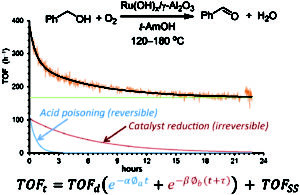 Catalysis in flow: O2 effect on the catalytic activity of Ru(OH)x/γ-Al2O3 during the aerobic oxidation of an alcohol
Catalysis in flow: O2 effect on the catalytic activity of Ru(OH)x/γ-Al2O3 during the aerobic oxidation of an alcohol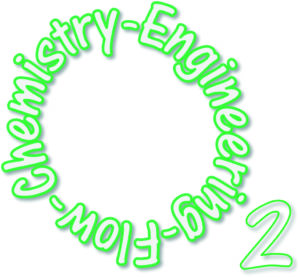 Aerobic oxidations in flow: opportunities for the fine chemicals and pharmaceuticals industries
Aerobic oxidations in flow: opportunities for the fine chemicals and pharmaceuticals industries